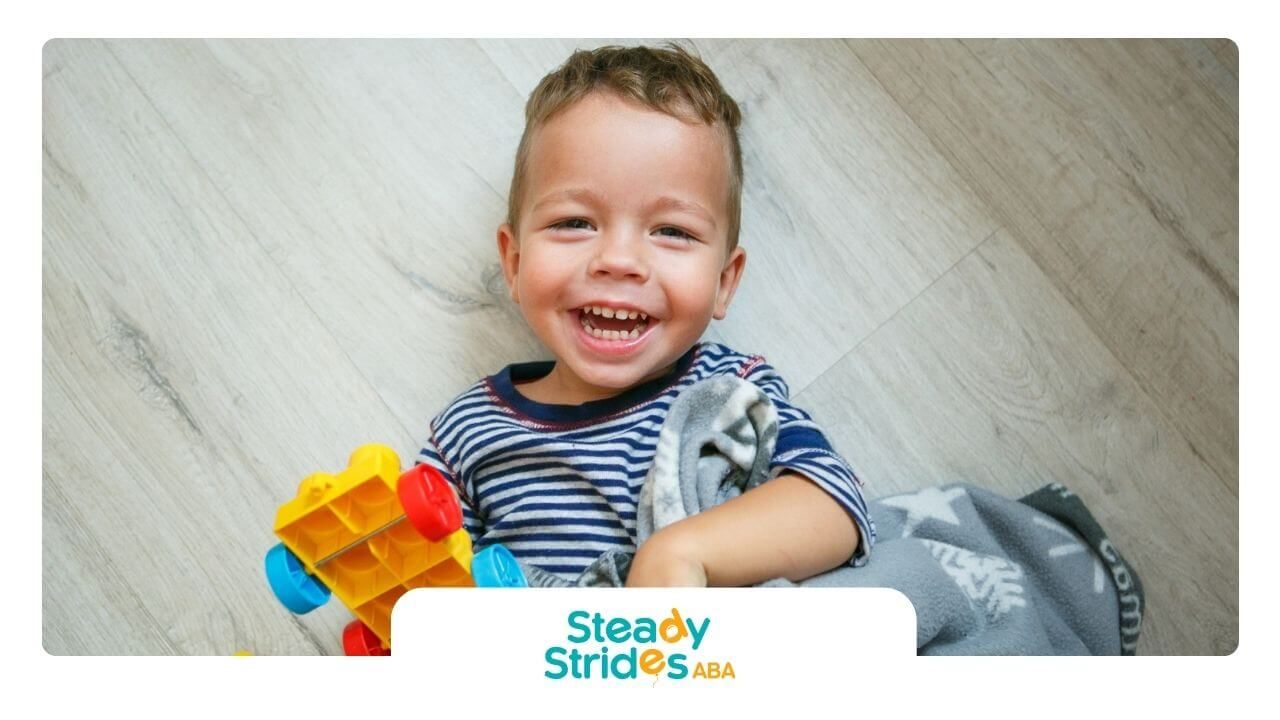Helping kids with autism strengthen their thinking and focus doesn’t have to feel like hard work — it can actually be fun. Simple, consistent brain exercises can boost memory, attention, and problem-solving while creating special bonding moments between you and your child.
How Brain Exercises Support Children with Autism
Children on the autism spectrum often thrive with structure, movement, and repetition. Brain exercises for autism use sensory play, memory challenges, and cognitive games to improve focus, language, and emotional regulation. Whether done at home or during ABA therapy, these activities encourage learning through fun and play.
Here are some effective and easy brain exercises you can try:
Memory and Matching Games
Memory games are a classic way to strengthen attention and recall. Try these ideas:
- Matching cards with pictures of animals, shapes, or emotions
- “Simon Says” to boost listening and following directions
- Sequence games where your child repeats patterns, sounds, or movements
These simple exercises enhance short-term memory and build concentration.
Puzzles and Building Play
Puzzles, stacking toys, and LEGO blocks are excellent cognitive tools. They teach patience, spatial awareness, and reasoning skills.
Encourage your child to:
- Sort puzzle pieces by color or edge
- Build towers or houses and describe what they’re making
- Use magnetic tiles to learn symmetry and balance
Sensory and Movement Activities
For children with autism, sensory-based brain exercises can help regulate emotions and improve focus. Activities like:
- Yoga poses (like tree pose or butterfly stretch)
- Sensory bins filled with rice, beans, or kinetic sand
- Balance games using a wobble board or hopping on one foot
These help calm the nervous system and boost body awareness.
Language and Communication Games
Developing speech and social skills can feel more natural through play. Try:
- Story sequencing cards to help organize thoughts
- “Guess the Object” games using touch or description clues
- Role-playing activities to practice greetings, emotions, and turn-taking
These games encourage expressive language and strengthen social interaction — both important for children on the autism spectrum.
Visual and Thinking Exercises
Visual brain exercises help improve problem-solving and focus. Examples include:
- Spot-the-difference pictures
- Hidden object games
- Sorting and categorizing toys or household items
These activities enhance visual tracking and logical thinking.
Technology and Brain Training Apps
Autism-friendly apps can make learning interactive and rewarding. Look for apps that focus on memory, sequencing, or emotional recognition. A few popular examples include:
- Endless Reader (for vocabulary and reading)
- Autism Therapy with MITA (for cognitive development)
- Otsimo (for speech and daily life skills)
Just remember — moderation is key. Balance screen time with hands-on play and real-world learning.
Helping Your Child Grow with ABA Therapy
At Steady Strides ABA, families receive personalized ABA therapy programs that help children with autism learn, grow, and thrive. Whether you prefer home-based autism care, school-based ABA, or center-based ABA in Houston, our team of compassionate professionals provides customized support tailored to your child’s unique needs.
We also offer autism assessment for families seeking a diagnosis, and ABA parent training to empower parents with strategies they can use every day.
Serving families throughout Texas and New Mexico, Steady Strides ABA is dedicated to helping children reach their fullest potential — one small step at a time. Ready to begin your child’s journey?
Contact Steady Strides ABA today to learn more about their personalized ABA programs.
FAQs
What are the best brain exercises for autism?
Some of the best options include puzzles, sensory play, matching games, yoga, and sequencing activities. These build focus, memory, and problem-solving skills in a playful way.
Do brain exercises really help with autism?
Yes. Brain exercises can strengthen cognitive, social, and communication skills — especially when paired with ABA therapy or structured learning programs.
How often should I do brain exercises with my child?
A few short sessions (10–15 minutes) every day can make a real difference. Keep it fun, low-pressure, and consistent.
Sources:
- https://otsimo.com/en/
- https://apps.apple.com/us/app/language-therapy-for-kids-mita/id1020290425
- https://apps.apple.com/us/app/endless-reader/id722910739
- https://www.autismspeaks.org/virtual-activities-kids-autism
- https://pmc.ncbi.nlm.nih.gov/articles/PMC9809031/
- https://www.autismparentingmagazine.com/brain-breaks-for-the-classroom/













